Should Beginners & High Handicappers Use a Driver? Yes & Yes
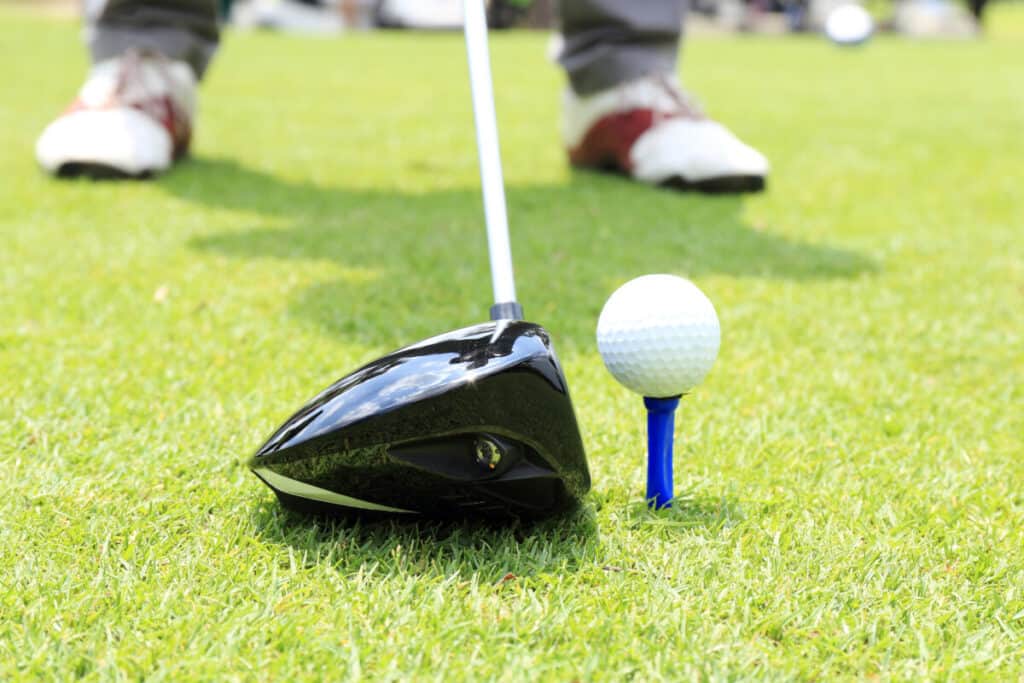
When you watch golf there’s nothing quite like watching the pros smash their drives 300 plus yards far into the distance.
And it’s a very natural thing for any golfer to want to try to replicate that as soon as they possibly can after taking up the game.
After all people have enjoyed watching things fly since the dawn of time.
But as most beginner and high handicappers will testify they will frequently be told to work on their short game if they really want to improve and not concern themselves too much with trying to hit their driver long distances.
After all ‘you drive for show and you putt for dough’.
But is that good advice? Should beginner golfers and high handicappers use a driver?
All beginner and high handicap golfers should use a driver to try to drive the ball as far as possible. This is because of the impact that driving distance has on scoring. An extra 20 yards increase in driving distance will reduce a typical 100-scoring golfers score by 2.3 strokes per round.
While their is some logic in advising beginner and high handicap golfers to work on their short game in preference to their driving it is important that they, and all amateur golfers for that matter, are clear on the following golfing fact backed up by the stats.
If you really want to significantly lower your scores and handicap it is hard to overstate the importance of hitting the ball as far as possible.
And given the driver, of all the clubs available to golfers, is the one designed to go the furthest it will be crucial for beginners and high handicappers to start work as early as they feel they can on using it for their tee shots.
[If you are interested in the best drivers for beginners and high handicappers according to Golf Monthly and Today’s Golfer check them out at the PGA Superstore now
- Cobra King Radspeed XD Driver
- Callaway Big Bertha B21 Driver
- PING G425 SFT Driver
- TaylorMade SIM2 Max D Driver
- Wilson Staff Launch Pad 2 Driver]
Driving is More Important than Putting for Better Scoring
Whenever anyone says in golf that the long game is more important than the short game it is viewed by many as close to treason.
But the stats are clear.
The long game, consisting of driving and approach shots, explain two-thirds of the difference in scores between your typical amateur golfers.
The short game and putting only explain the remaining one-third.
“I don’t care what anyone says about the short game being the most important. It’s not. The long game puts you in position to have putts to win tournaments.” (Rory McIlroy)
Independent.ie
And these are not just any statistics.
These are taken from the analysis of millions of golf shots by the pioneer of the ‘strokes gained’ metrics adopted by the PGA Tour – Columbia Business School Professor Mark Broadie.
So the simple reason why beginners and high handicappers should use a driver is that it can make a very positive impact to their score.
Professor Broadie’s research found that an 20 extra yards of driving distance is worth nearly 3 strokes per round to the typical 115-scoring player.
Here’s a copy of his results on the impact of driving distance on scores in his book ‘Every Shot Counts’.
| PGA Tour | 80-golfer | 90-golfer | 100-golfer | 115-golfer | |
| Strokes decrease per round per 20 yards increase in driving distance | 0.8 | 1.3 | 1.6 | 2.3 | 2.7 |
So in summary extra driving distance has the most impact on the highest scoring golfers.
But what about putting?
A beginner or high handicap golfer scoring over 100 a round on average and saving over 2 strokes per round by driving the ball 20 yards further is all very well.
But surely given all the conventional wisdom about putting the gains to be made there are even greater?
The short answer is no.
Professor Broadie has found that for all standards of golfer, from the typical 110-scoring golfer to the typical-80 scoring player, putting only explains on average 1.3 strokes per round difference between golfers of different skill levels.
And if you’re still skeptical about the importance of driving distance a quick glance at the USGA and R&A’s Annual Driving Distance report graphic below highlights how clear the link between driving distance and handicap is.
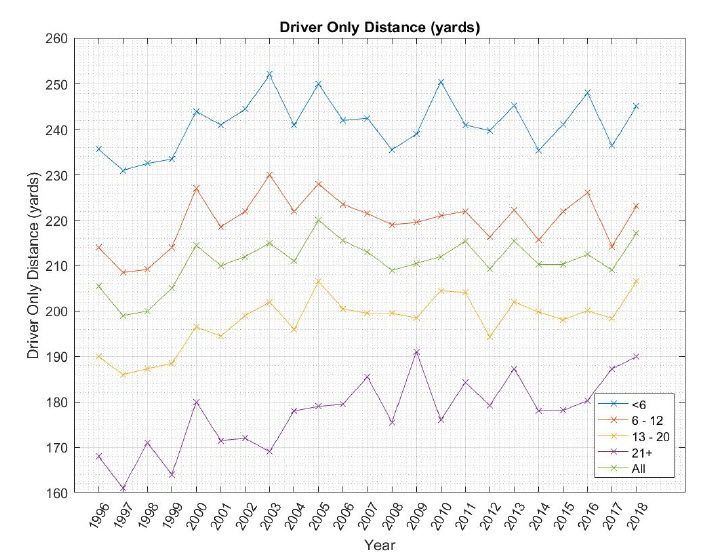
Now I am not saying for a moment that this means beginners and high handicapper will find it easy to pick up a driver from this point to start getting those all-important extra yards to get their score down.
The driver is a unique club in the golf bag, can be difficult to control and can be hard for a beginner to learn right away.
It is the only one not designed to be hit off the ground. It has a larger head and longer shaft than any of the other clubs.
It also demands to be hit unlike the other clubs with a slightly upwards path at impact to produce maximum club head speed while maintaining balance and control.
The simple point is that if beginners and high handicappers are not at some point prepared to take on the challenge of realising longer driving distances with the club best suited to the job they will always have limited scoring potential.
And that’s no matter how much they improve their short game.
Editor’s note – I was truly surprised about the conventional wisdoms of scoring which were exposed by Professor Broadie’s brilliant analysis of millions of golf shots. Check them out here.
Driving Straighter and Shorter is Not the Answer
As well as being told to focus on their short game in preference to practising hitting their driver there is another piece of advice which is consistently given to beginner golfers and high handicappers.
And that is it is consistently better for them to not hit a driver off the tee and be in the fairway with a shorter club than to hit a longer shot with a driver and end up in the rough or worse.
Or in other words it is more important to be in the fairway having hit a 3-wood, 5-wood or even iron off the tee than it is to be closer to the hole.
“Giving up 50 yards a tee shot for a bit more accuracy is a poor trade”
Mark Broadie, Columbia Business School professor, author of ‘Every Shot Counts’ and pioneer of the ‘strokes gained’ metrics first adopted by the PGA Tour in 2011
Examples of great players such as Tiger Woods and Phil Mickelson never hitting driver on their way to one of their major wins is then often given as supporting evidence to the advice that it is better to shorter and straighter of the tee than long and wild.
Unfortunately again Professor Broadie’s analysis of millions of golf shots shows that to be advice which needs to be challenged.
Taking the same group of typical scoring amateur golfers he found that the number of strokes gained for every degree of improvement in accuracy was not as significant as the gains to be made from increasing driving distance.
| PGA Tour | 80-golfer | 90-golfer | 100-golfer | 115-golfer | |
| Strokes decrease per round per degree improvement in accuracy | 0.8 | 0.9 | 0.9 | 1.0 | 1.1 |
So again the numbers are clear.
If we look at the game of the typical golfer scoring more than 100 each round their gains from increased accuracy will be over one stroke less compared to the gains to be made from another 20 yards increase in driving distance.
And in the case of a typical-115 scoring golfer those gains will be over 1.5 strokes less per round.
Research from Golf Digest also helps put this into context.
They ran a test on players with higher swing speeds and lower swing speeds and found that the faster swingers lost almost 30 yards when hitting their 3-wood compared to their driver.
Slower swingers lost over 14 yards by comparison.
So when we match that research to Professor Broadie’s we can quantify how many strokes that means these players are losing per round if they choose 3-wood over driver.
And however you look at giving up those yards is not a good trade for increased accuracy.
Now it would of course be silly to say that there will not be specific examples which disprove this.
If a high handicapper is hitting 200 yard drives but always 100 yards off target that is clearly going to affect their scoring significantly and it will be imperative for them to learn some control if they want to improve.
Also we can’t ignore the research that found that a ball that lands on the fairway will roll three times as far as those that land in the rough.
However the main point is simply that if a beginner or high handicapper never improves the distance they hit the ball off the tee with a driver the stats clearly show their scoring potential will always be limited.
So given it’s hard to overstate the importance of distance to golf scoring beginners and high handicappers intent on improving should start to work up to hitting their driver off the tee in preference to shorter straighter clubs as soon as they can.
And given how forgiving drivers are these days after all the technical advances of the last 20-30 years the opportunities for beginners and high handicappers to embrace the driver and realise the benefits of that increased distance have never been better.
The truth is, built into those enormous club heads today is more forgiveness for mis-hits than you get with any other club.
How Do Beginners & High Handicappers Hit a Driver Correctly?
Now that we’ve hopefully convinced you that one of the best things for your game long term is to not fear the driver, but embrace the benefits that it can potentially give you as soon as soon as you can, the next challenge inevitably arises.
And that is how do beginners and high handicappers hit a driver correctly?

As we’ve already acknowledged the driver is a unique club in the golf bag which requires good swing mechanics.
To hit the driver consistently well off the tee takes a bit of confidence.
But here are 5 simple tips which can help you on that journey.
- Tee the ball up nice and high – The ideal height is to take a 2.75” standard length tee for and barely put it in the ground. A more upward hit on the ball at impact is the friend of hitting your driver further so tee the ball up nice and high to give you the best chance of those extra yards.
- Take a wide stance – As the driver is the longest club in the golf bag you need to take a wide stance – wider than the width of the shoulders. This will help to allow for the long length of the driver create that upwards hit on the ball which is important to increasing the ball’s launch angle and reducing backspin for longer straighter drives.
- Position the ball in line with your in-step – Don’t position the ball in the middle of your stance. Again due to the length of the driver we need to position the ball in line with the in-step of the left heel for right handers and the right heel in-step for left handed players. This allows for the long club to square up at impact and again helps to create the upwards hit we’re ideally looking for.
- Take it back smoothly and turn those shoulders – just because we are trying to hit the driver the furthest doesn’t mean we need to swing the driver harder and faster than any other club. The length of the driver itself will help it pick up a lot of speed so focus on taking the club back smoothly and turn your shoulders at least 90 degrees to get your back to face the target. The key to generating power in the golf swing comes from the shoulders and hips so with a full body turn you will allow yourself to use your twisting momentum to generate faster club head speed. And faster club head speed means more distance.
- Swing through the ball and hold your finish – Just let the ball get in the way of the club head through impact and try and hold your finish in balance. Remember the aim is not to swing the driver the hardest and fastest you can. If you can do that you will have swung at a speed you can control which will mean more consistent longer hitting.
Just by reading through these tips there is clearly a lot to get to grips with when it comes to the driver.
Hitting it consistently well won’t happen over night and it will take some hard work and patience to get better at it and realise the benefits of those distance gains that come with the driver.
So a couple of other things you should bear in mind in your quest to hit your driver better.
Firstly have a range routine when you’re practising your driver.
Although the driver maybe the focus of your practice session resist the temptation to immediately start hitting it from ball 1.
Yes, you may hit a few good ones but trying to hit your longest shot from ball 1 will play havoc with your swing.
Remember no pro in the world will step on the 1st tee at a tournament with their driver without having hit a few practice shots first.
So warm up your golf muscles with a few half swings with one of your wedges or short irons to being with.
Then gradually increase the length and speed of your swings as you move through your mid-irons all the way up to your driver.
This will give you best chance of practicing your driver to optimum effect and keep your swing tempo in good health.
Don’t forget also to warm back down after you’ve blasted your drivers by hitting a a few more half swing shots with your wedges.
And if if you’re still having problems or don’t know where to start take a targeted driving lesson with a pro to work things through.
And if he or she starts telling you would be better off with a putting lesson you need just direct them to Professor Broadie!
Editor’s note – We’ve done a complete guide into how much you should be paying for golf lessons which you can check out here.
What is a Good Driver for Beginner & High Handicap Golfers?
Choosing a new golf club can be a very personal thing for golfers.
As you play more you will get an increasing feel for what you like and what you don’t and what works well for your swing.
Saying that when it comes to beginner and high handicap golfers choosing a driver which will help them on their quest to getting that all-important additional distance from the tee there are 3 keys things which they should bear in mind:
- The more loft the better – Opt for a driver with at least 10 degrees of loft which will give you a better chance of getting the ball soaring high into the air. Why does this matter? Simply because the extra loft will mean it will be easier for you to get the ball flying higher in the air which is a key thing for distance. It can also reduce sidespin so your drives fly straighter.
- Take advantage of all the technology going – One of the great things which has accompanied the advancement of golf technology over the past 20-30 years has been an increase in driving distance. According to the Annual Driving Distance Report issued by the USGA and R&A golfers with handicaps of over 21 have increased their average drive by over 21 yards since 1996. Modern drivers tend to have large clubheads and big sweet sports meaning they are much more forgiving of bad shots and fly further than their predecessors. They can come with a large price tag but there are plenty of options out there for beginners and high handicappers looking to trade up to something that will help them get some all important extra distance.
- Try before you buy – One of the great things about retail these days is you can try out things before you buy them and golf drivers should be no exception. If you’re new to the game and buying a driver for the first time, or a high handicapper looking to trade up your existing one, take some potential options in your price bracket and head out to the range and try them out. Try ones with different lofts and different shafts. One or two will likely feel better than others. And if you’re starting to get really serious about your game and desperate to get some extra distance to help improve your scores you may even choose to get a ‘custom-fitted’ driver to ensure you get the best possible driver for you. [We’ve also done a bunch of research on how much golf club fitting costs and if it’s worth the cost which you can check out here.]
Final Thought
Based on the research there is little to question the importance of driving distance in the modern game of golf.
Without it any player, and especially beginners and high handicappers, will find it hard to significantly improve their scores no matter what the conventional wisdom about the primary importance of putting says.
That is not to say all aspects of the game are not important and that it is much easier to practice your putting and short game within the confines of modern life than it is to master the driver.
But if you are a beginner or high handicapper who is serious about getting your scores down you’re going to have pick up the driver at some stage in an effort get that all important extra distance.
It’s worth remembering the advice the great Arnold Palmer’s father drilled into him from an early age – “Hit it hard, boy. Go find it and hit it again.”
That’s good general advice to follow if you want to hit the ball far. You can work on your accuracy later.
PS. We’ve also done some detailed analysis on how far beginners should drive a ball based on the USGA and R&A’s annual driving distance report which you can check out here.
[Note – Just so you know, and we are upfront as an affiliate program participant, Golfing Focus, at no cost to you, earns from qualifying purchases made through links on this page.]
More great articles related to this topic:
- 10 Ways to Get More Distance off The Tee With & Without Speed!
- What Determines Driver Distance? Skill Triumphs Over All!
- Where is the Sweet Spot on the Driver Face? Take the High Road
- How Much Does Driver Loft Affect Distance? Loft is Dynamic Too!
- How Far Should Your Ball Speed Go? 100mph All the Way to 210mph!
- How Far Should Your Driver Swingspeed Go? 60 to 120 mph Guide
- What Should Your Driver Attack Angle Be? Try Not to Be Negative
- Ideal Spin Rate and Launch Angle for Driver? That’s Personal!
- Average Driver Swingspeeds? COMPLETE GUIDE by Age, Handicap etc.
- How Often Do Pros Hit Driver? Not As Much As You Think!
- How Far Should You Hit a Driver? FULL GUIDE By Age, Handicap etc.
- Going the Distance? How Far Should Beginners Hit A Golf Ball?
- How Far Do Pro Golfers Hit Each Club? A 2022 Guide
- How Do Pros Hit the Ball So Far? It’s Not About the Equipment
- Should High Handicappers Get Fitted Clubs? The Benefits Apply to All
- Should I Play Blades or Cavity Back Irons? Use Your Head
- How Many Clubs Does a Beginner Need? Save Your Money to Start With!
- What Hybrids Should You Carry? It’s All About Ego
RECENT ARTICLES
LEGAL INFORMATION
This site is owned and operated by Golfing Focus Limited, a private limited company whose registered office is in London, UK. Golfing Focus Limited is a participant in the Amazon Services LLC Associates Program, an affiliate advertising program designed to provide a means for sites to earn advertising fees (at no cost to you) by linking to Amazon.com. Golfing Focus Limited also participates in other affiliate programs with the eBay Partner Network, FlexOffers, CJ.com, Svorn and other sites and is compensated for referring traffic and business to these companies (again at no cost to you).
Our Socials

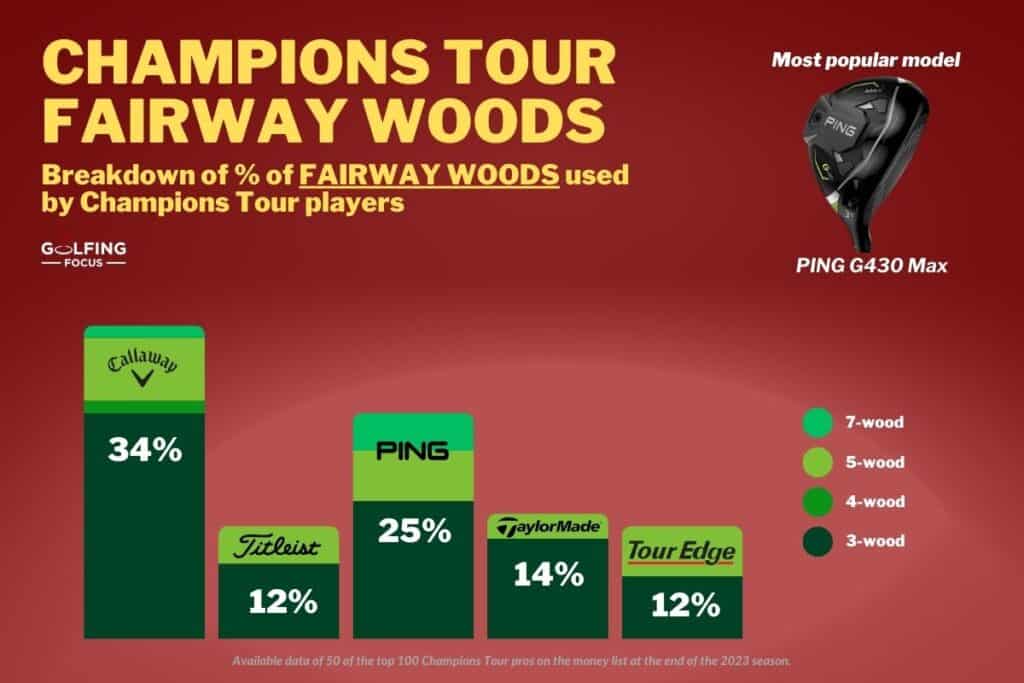
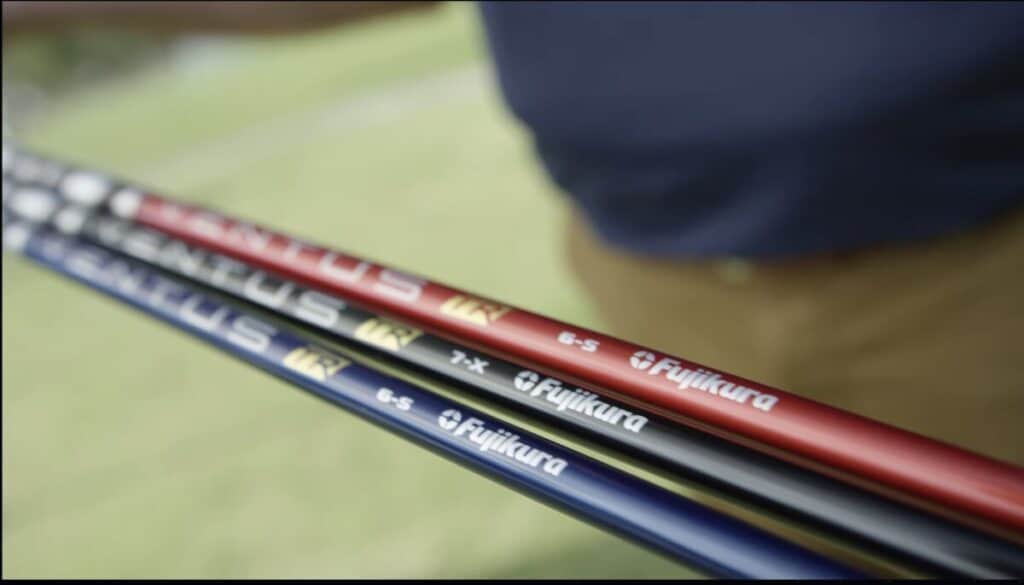
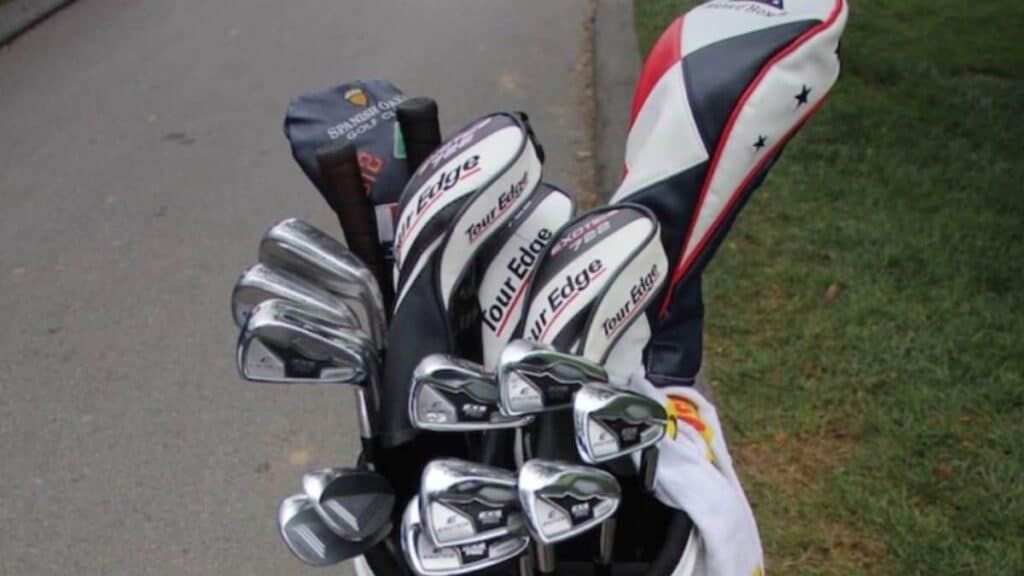
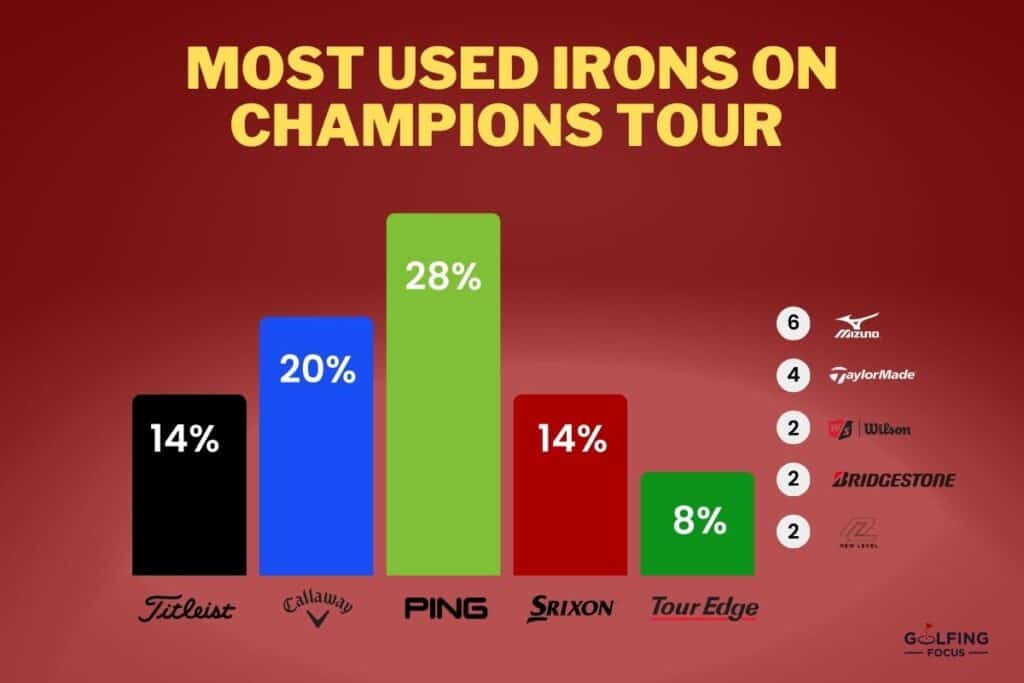
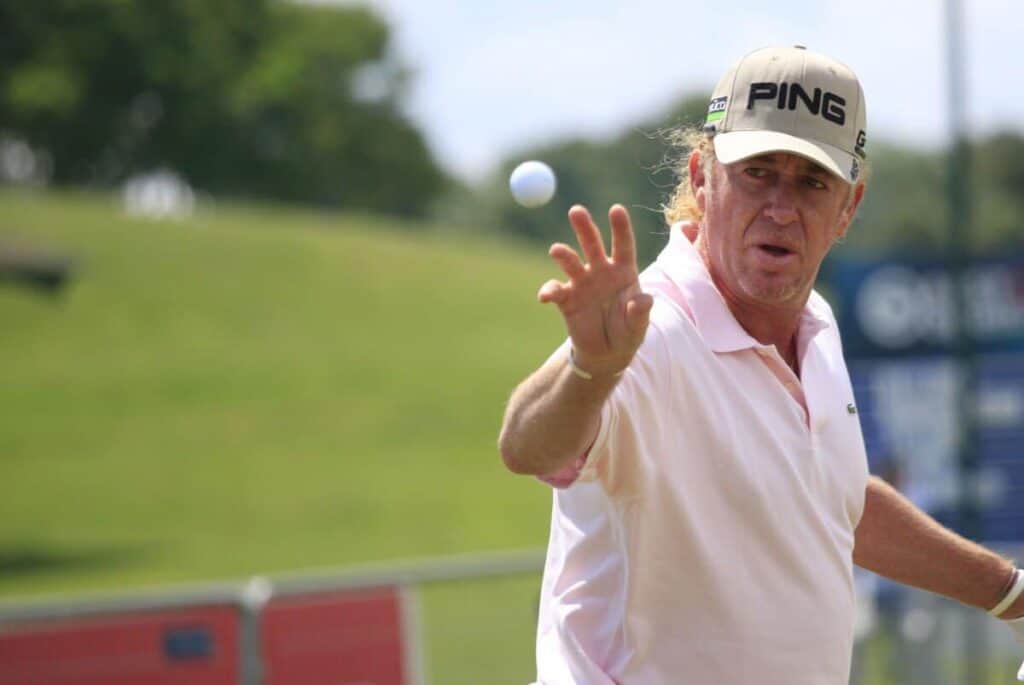
Leave a Reply